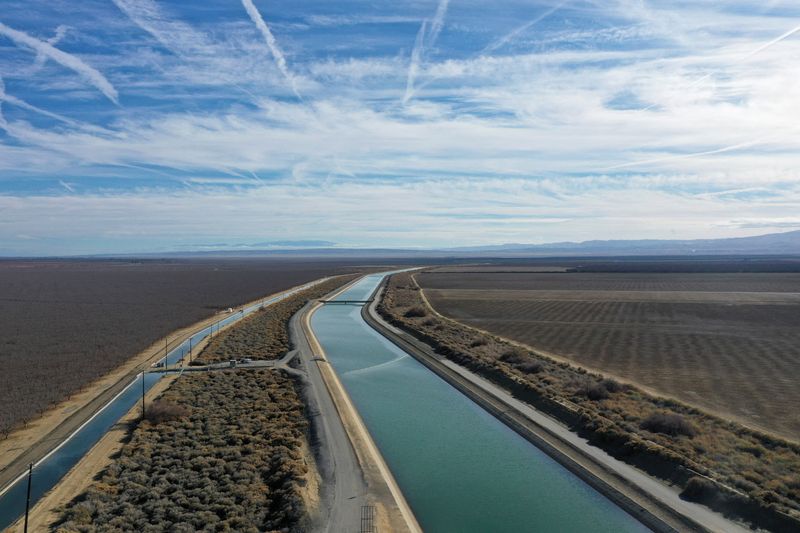He type of weather that there is in a certain place is determined by different factors among which are the altitude, latitude, orientation of the relief, distance to the sea and marine currents and gives guidelines to the so-called “Meteorological time” which in turn is supported by other elements such as the temperature, pressure, wind, humidity and precipitation to describe the atmospheric conditions in a territory in a short term.
To classify the climate, the system developed by Wladimir Köppen is generally used, although there is also the Thornthwaite system, the latter which also takes into account biological diversity and the effects of climate change on it. Others, such as Bergeron and Spacial Synoptic, focus on the origin of the air masses that define the climate of a region.
Due to climate change, currently the planet is in a process of redistribution in which any modification, however minimal, in the average annual temperature causes changes in the habitats and their conditions.
In this context, here we leave you the weather for Washington DC
the probability of rain for this Saturday in Washington DC it is 55% during the day and 83% throughout the night.
Meanwhile, the cloudiness will be 96% during the day and 72% during the night.
As to temperature a maximum of 22 degrees and a minimum of 14 degrees are forecast in this region. Ultraviolet rays are forecast to reach a level of up to 2.
While the wind gusts will reach 14 kilometers per hour during the day and 19 kilometers per hour at night.
Washington DC is the capital city of the United States, located in the northeast of the North American country, along the Potomac River, surrounded by the states of Maryland and Virginia.
The climate in this American city is mainly tropical, with the monsoonal subtypewhich means that it registers high temperatures all year round, with a short dry season and a predominantly rainy season.
The hottest temperatures they are recorded in July, where it is around 40 degrees; in contrast it is in January and February when cold weather prevails to the point of reaching zero degrees.
Meanwhile, the month with more rains it’s may.

By occupying a large extension of territory, the United States has a great variety of climates, almost all of them.
On the eastern side of the United States Two central climates predominate: the humid subtropical and the humid continental.
In the American Northeast the most important weather is humid continental which is characterized by constant rains throughout the year that become storms during the summer and snow throughout the winter.
In the southeastern United States the prevailing weather condition is humid subtropical it has warm summers, cool winters and abundant rainfall.
American west sidethere are at least three major predominant climates: semi-arid, arid and Mediterranean.
The semi-arid climate, in its cold subtypeencompasses the most central western and north–south part of the United Statesis characterized by low rainfall and low temperatures.
In the southwestern United States is where it is present arid climate, both in its cold and warm subtypes. In the cold arid, the winters are icy and the summers are mild, while in the hot arid the summer registers extremely high temperatures and in the winter the weather is mild. In both cases rainfall is scarce.
Mediterranean climate registers in the most coastal area of the American West, from north to south and is characterized by its mild and rainy winters, plus its dry and hot summers.

